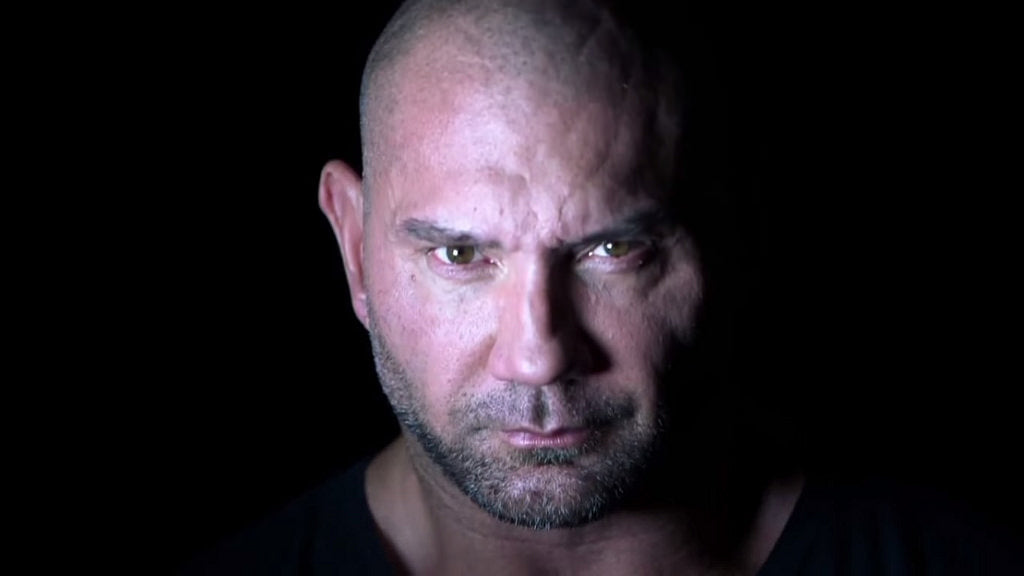Jasper and Horace
Pain and Panic
Crabbe and Goyle
Some men and women are simply content to serve, and they will gravitate to anyone stronger, richer, and more powerful than them. Some may be weak-willed, others will be genuinely “evil”, while still others will be those with neurological or psychological conditions that pre-dispose them to violence. They are rule-followers, strong-arms, and the soldiers in the main villain’s army.
Henchman: The Origin
For as long as there have been leaders, there have been followers. Noble, heroic, and upright men inspire the loyalty of those like them, and violent, greedy, and ruthless men attract henchmen, bullies, and thugs. Many henchmen are fairly simple from a psychological standpoint:- They can be mean-spirited bullies who use violence as a mask for their fear or pain, and they are willing to serve anyone that offers them a chance to inflict pain on others and get paid for it.
- They may be sadists that delight in inflicting pain, and serving a violent master gives them an excuse to ply their cruel trade in the guise of “service” or “loyalty”.
- They may be desperados driven to doing things they hate, all in the name of survival.
- They may have a neurological or psychological condition (such as antisocial personality disorder) that affects their moral compass.
In Stories:
Henchmen are everywhere, and they come in all shapes and sizes:- The orcs, goblins, and Uruk-Hai in Lord of the Rings are all classic examples of “monster henchmen”.
- Crabbe and Goyle from the Harry Potter novels are classic bullies that follow the alpha bully, Draco Malfoy.
- All James Bond movies have scads of henchmen to serve as cannon fodder for James Bond. The female henchmen are either used as “femme fatale” types that try to kill James Bond, or eventual allies that join his cause after he seduces them.

